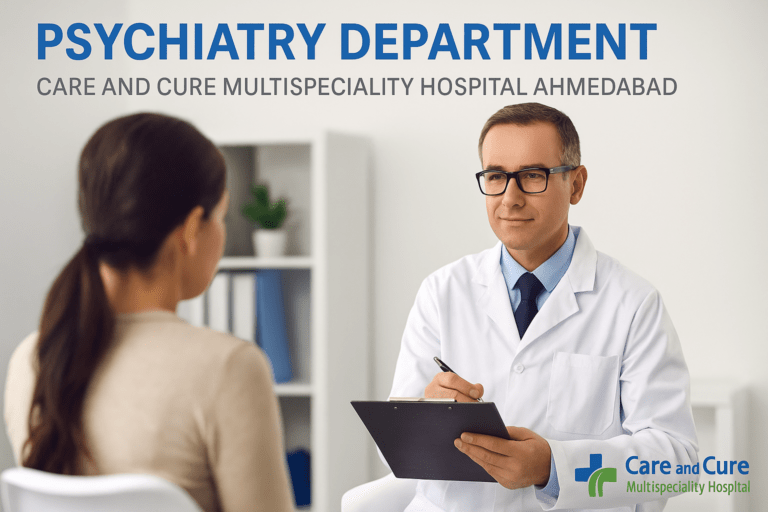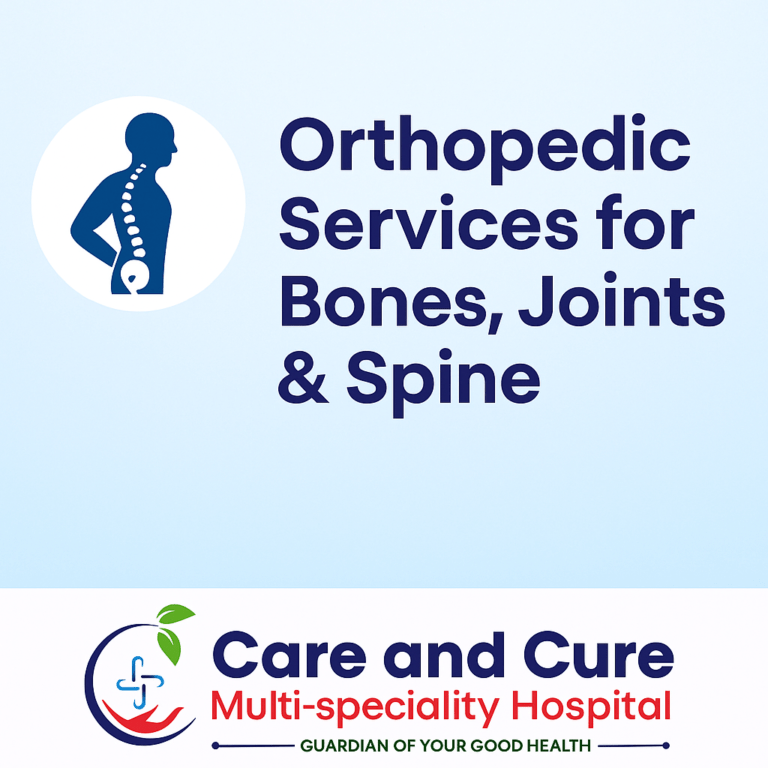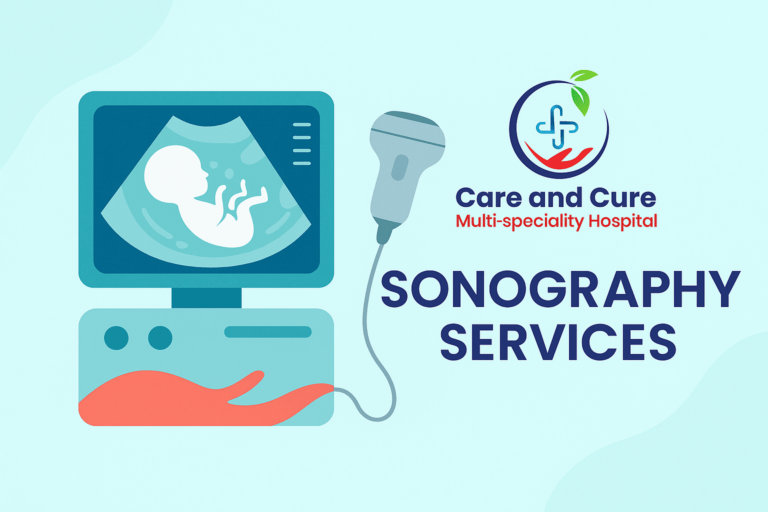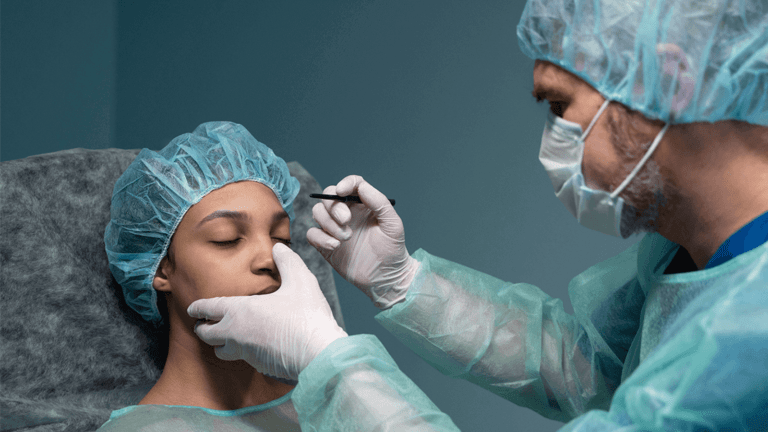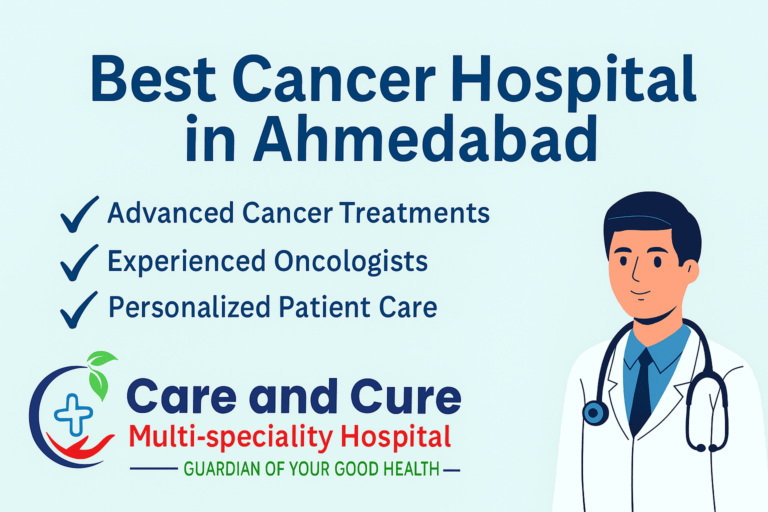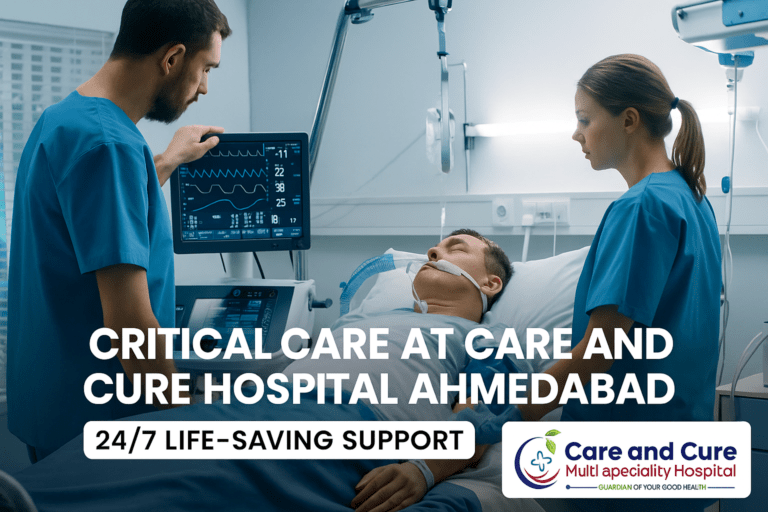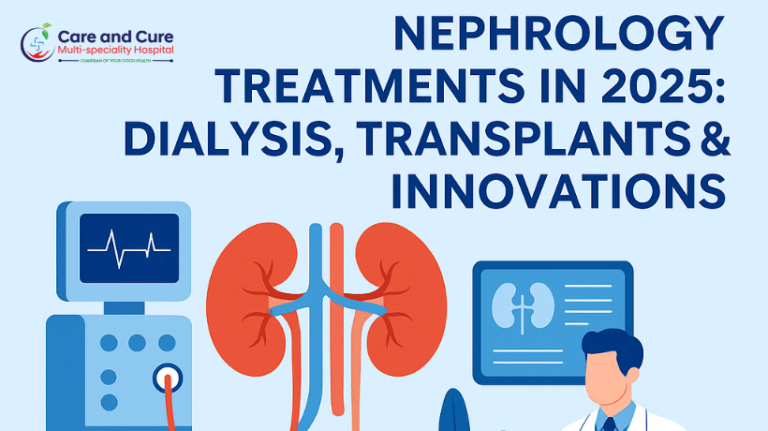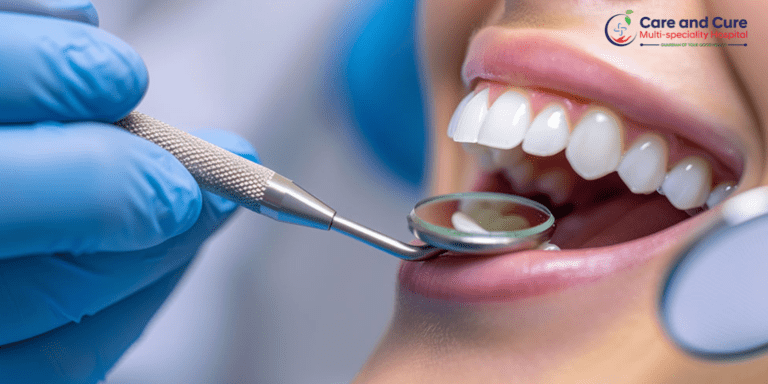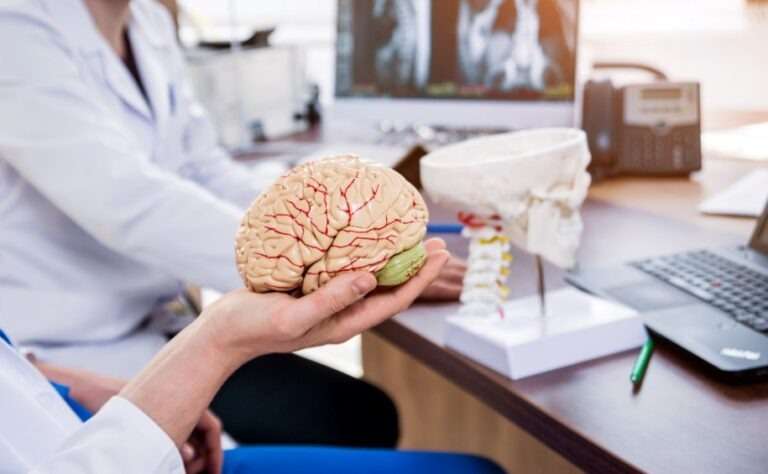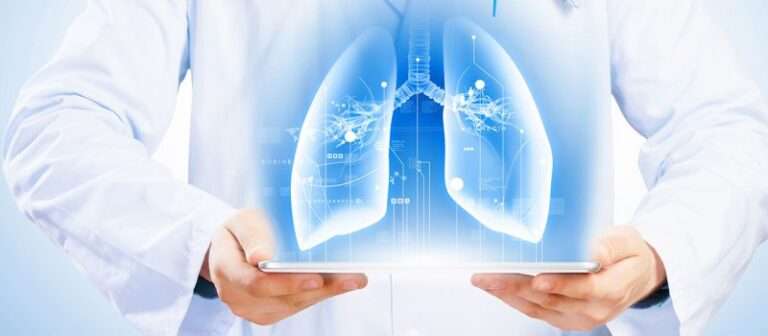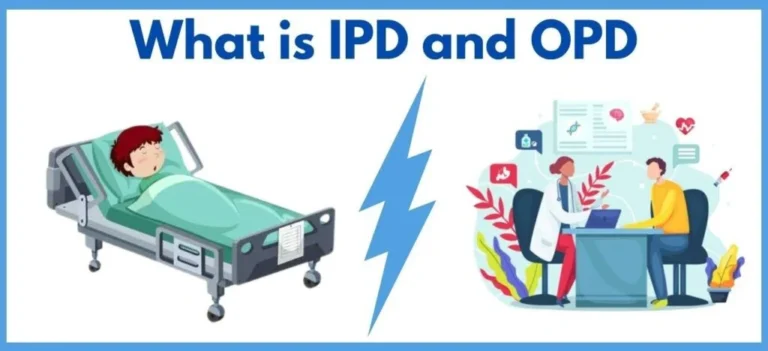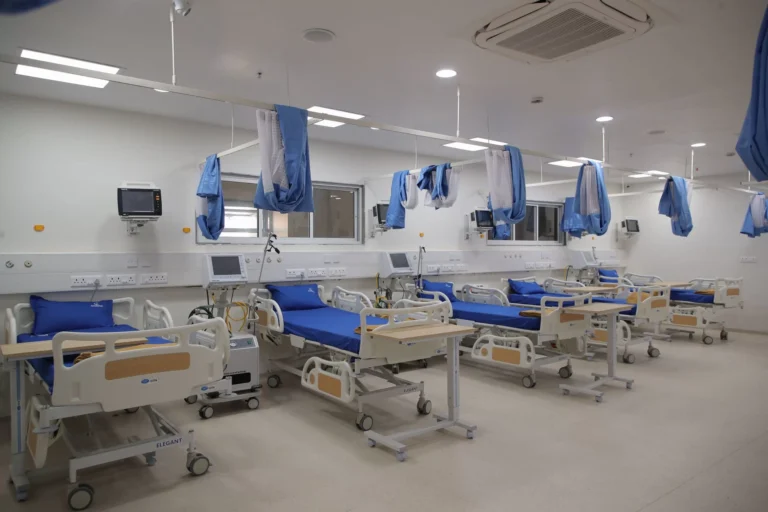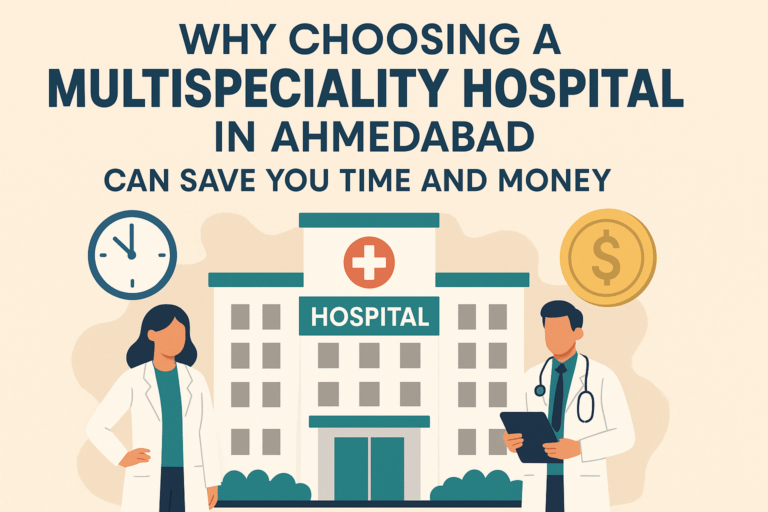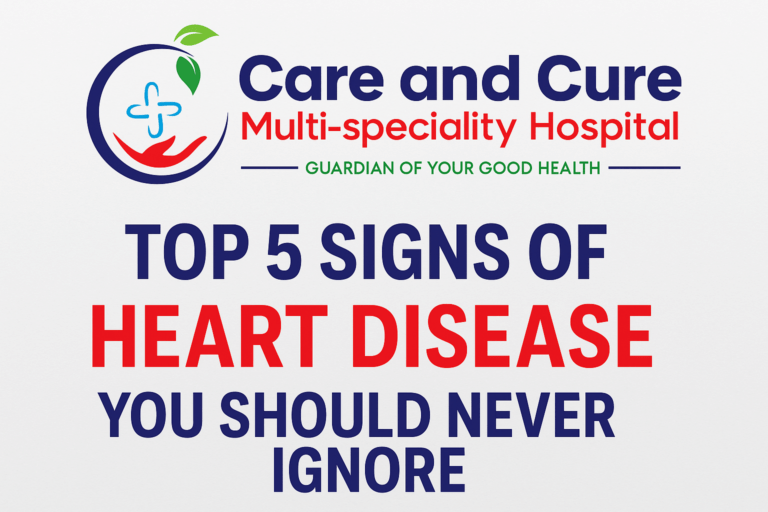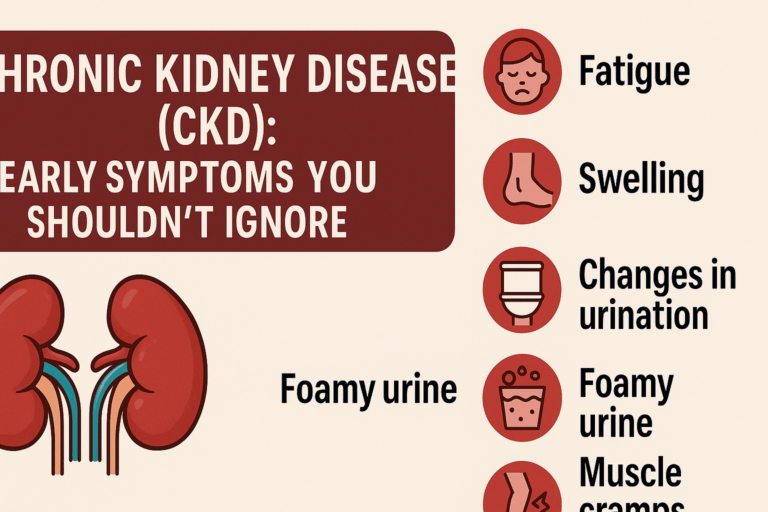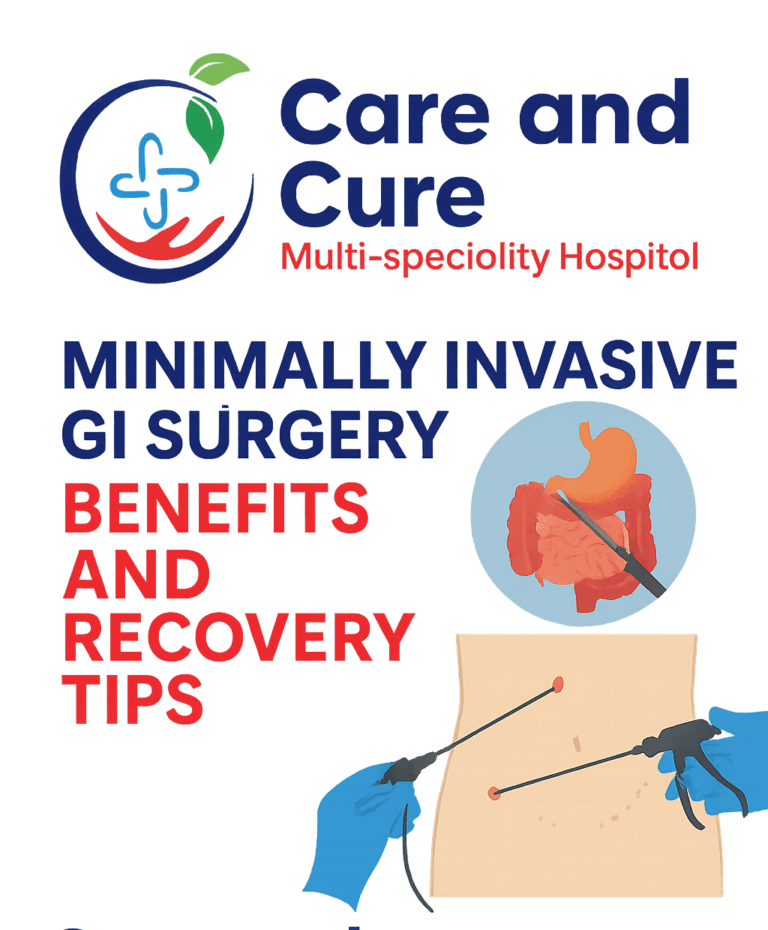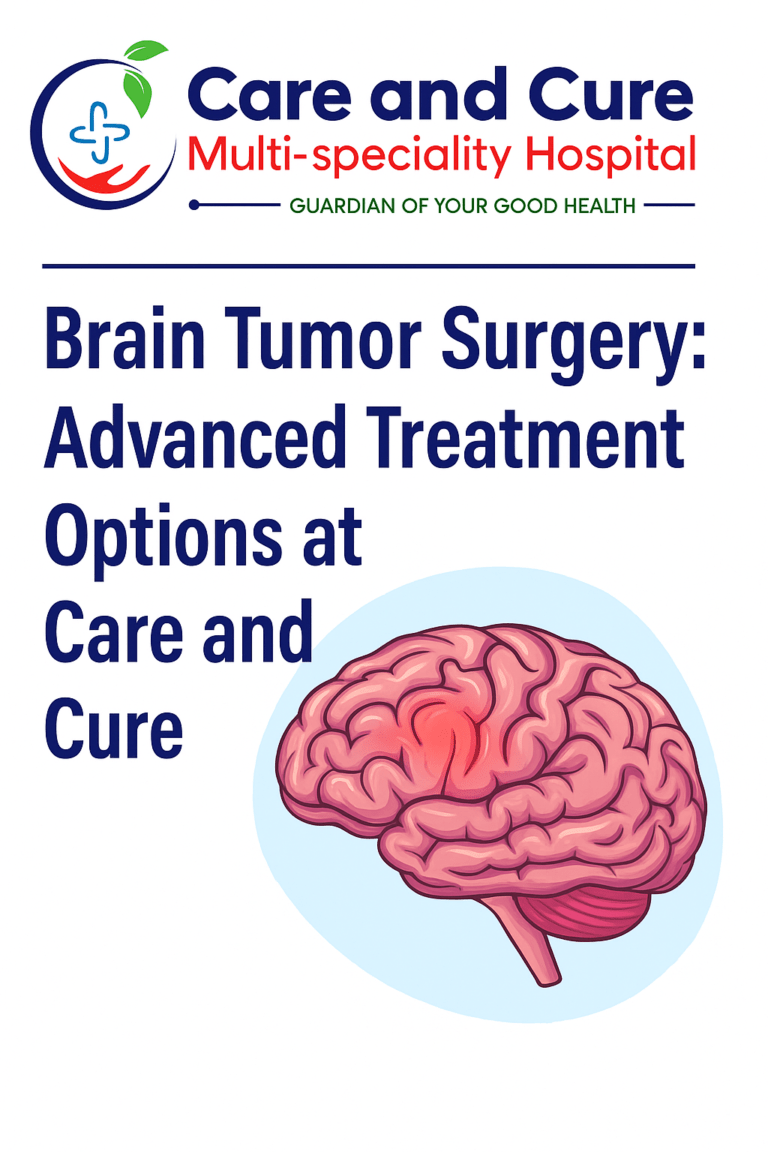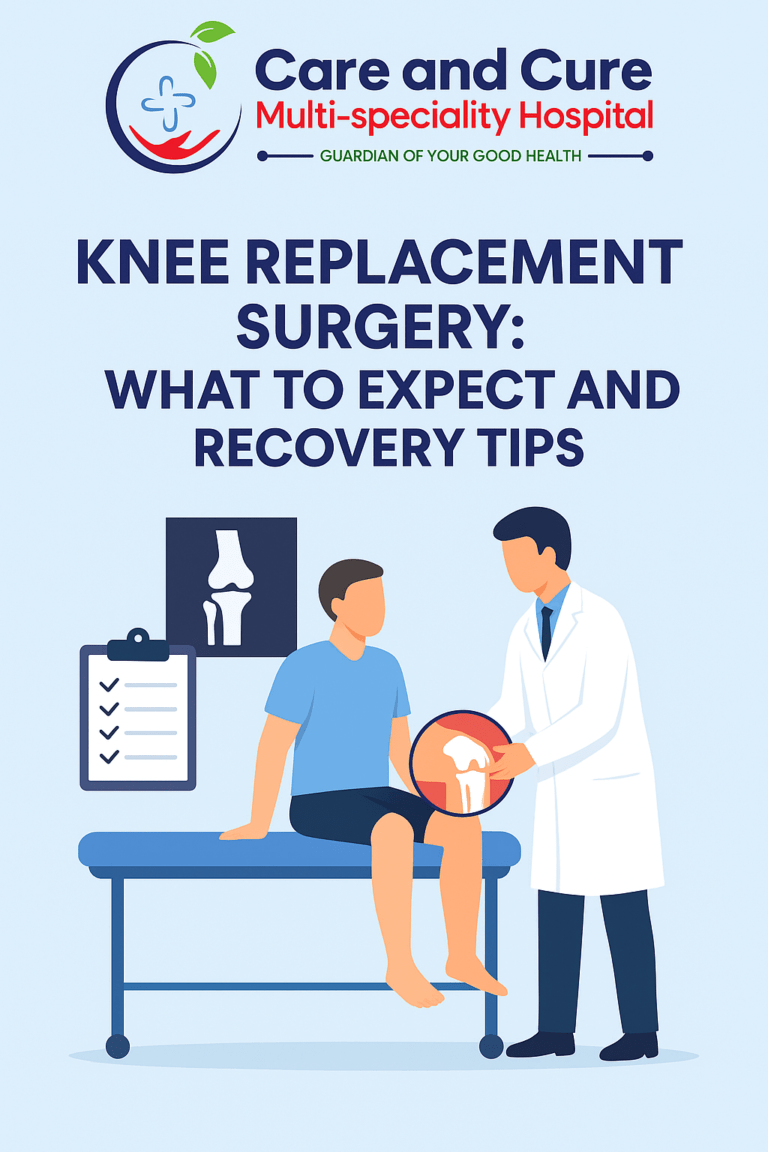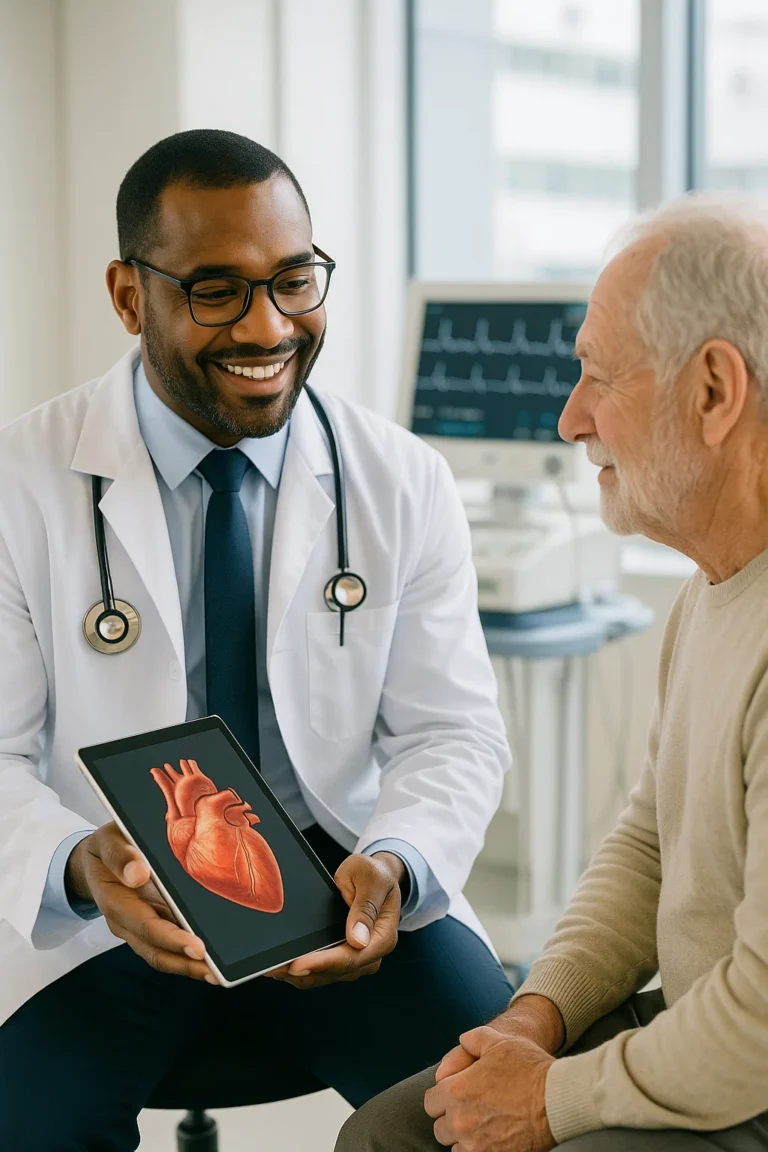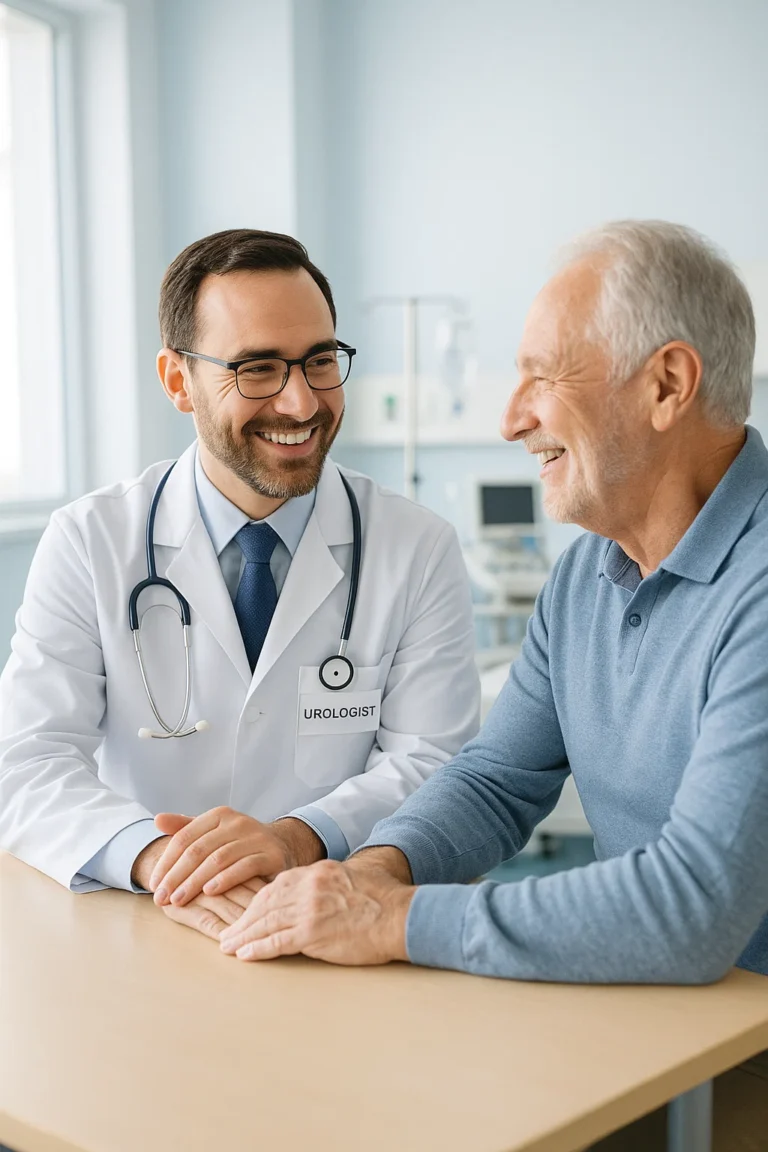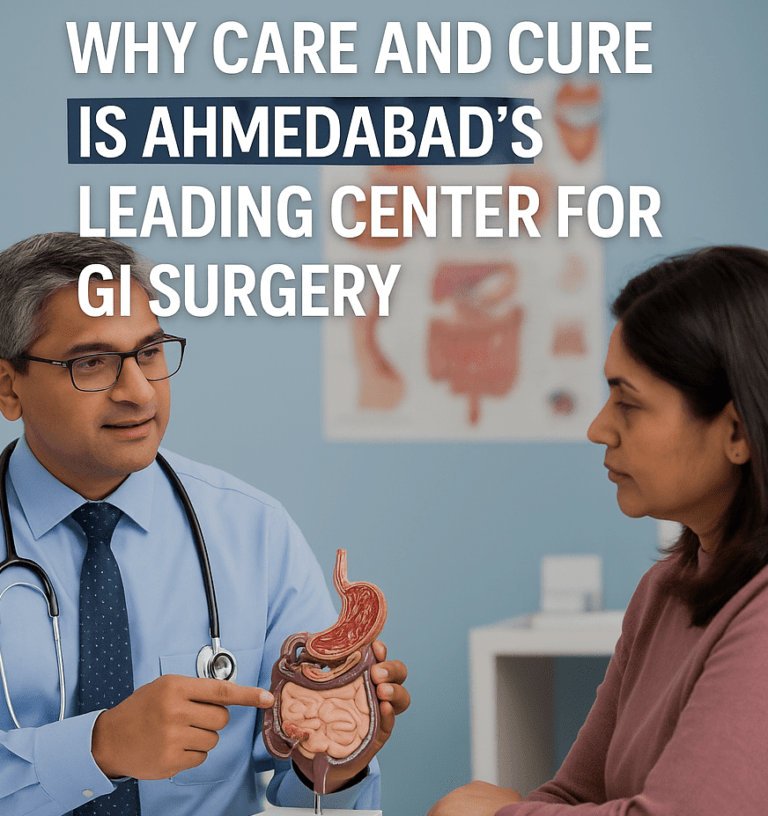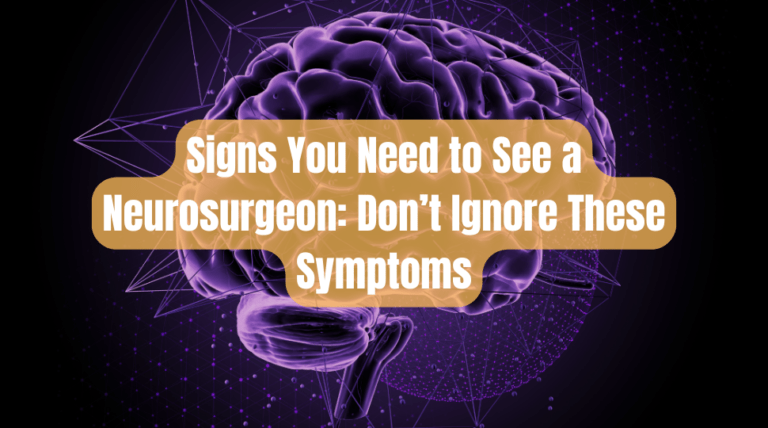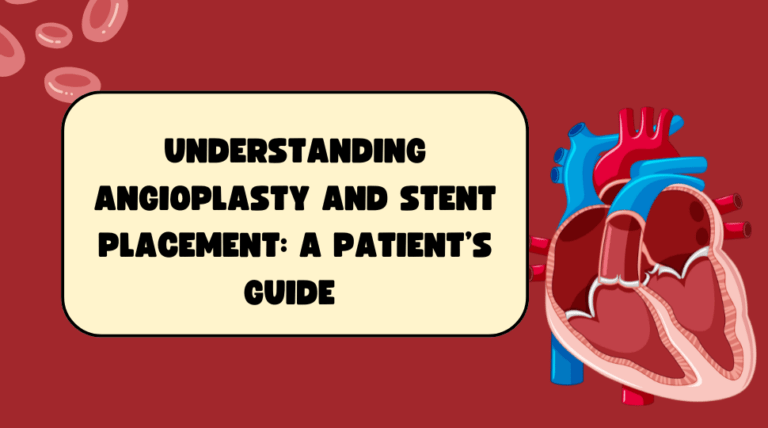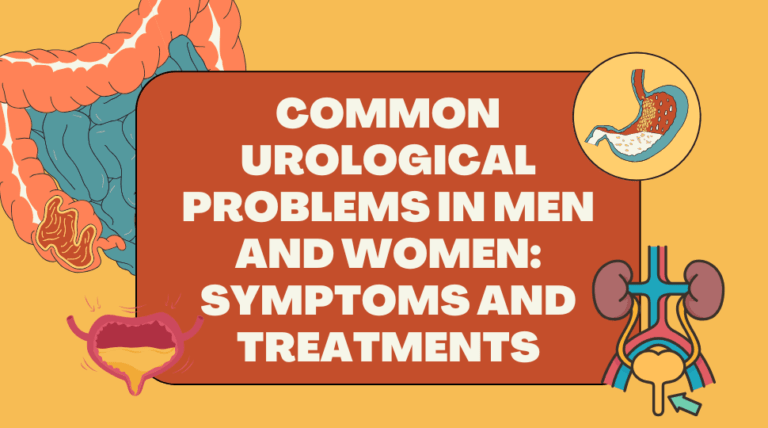Mental health is a vital part of overall well-being, influencing how we think, feel, and live each day. Unfortunately, stress, lifestyle changes, and emotional challenges have made mental health...
Our bones, joints, and muscles form the framework of our body — supporting every step, every movement, and every activity we do. But when pain, injury, or degeneration occurs, it can disrupt not only...
In today’s world, where early diagnosis is the key to effective treatment, sonography services have become one of the most trusted and essential diagnostic tools. Using sound waves to produce...
Plastic and reconstructive surgery isn’t just about beauty — it’s about healing, restoring confidence, and improving quality of life. At Care and Cure Multispeciality Hospital, Ahmedabad, we offer...
Infertility is one of the most emotionally challenging journeys a couple can face. The longing for a child, months of uncertainty, and repeated disappointments can take a toll on both physical and...
Cancer is not just a disease—it’s a journey that demands courage, expert care, and emotional support. When someone is diagnosed, the most crucial decision they make is choosing the best cancer...
When a loved one’s life hangs in the balance, every moment counts. This is where Critical Care comes in—offering high-intensity monitoring, advanced technology, and expert specialists who can be...
Looking good is not just about vanity—it’s about confidence, self-esteem, and how you feel about yourself. Over the years, cosmetic and plastic surgery has advanced tremendously, helping people...
Kidneys are small, but they do a big job. They clean our blood, balance fluids, control blood pressure, and help produce red blood cells. When they stop working properly, it can lead to kidney...
Professional Dental Services in Ahmedabad | Care & Cure A radiant smile is more than a good appearance—it indicates good oral health and well-being. Neglecting dental care can cause cavities, gum...
Healthy skin and good sexual health are more than just cosmetic concerns — they directly affect our confidence, relationships, and overall well-being. Conditions like acne, eczema, hair loss, fungal...
Best Neurology Hospital in Ahmedabad – Care and Cure Multispeciality Hospital Solved Neurological issues are perhaps the most complicated medical issues, involving the brain, spinal cord, nerves, and...
Breathing is the most natural thing we do, yet for millions of people living with asthma and Chronic Obstructive Pulmonary Disease (COPD), every breath can feel like a challenge. Both asthma and COPD...
Introduction: Why the Best Anesthesiologist Matters If you’ve ever had surgery — or even thought about it — you know the nervous feeling that comes before the big day. We usually think about the...
Looking for the best OPD and IPD services in Ahmedabad? Whether it is a routine check-up or a critical admission getting the right medical care matters. Care and Cure Hospital offers expert doctors...
Choosing the right hospital for surgery is kind of like picking a pilot for your first flight—you want skill, experience, and the confidence that you’re in safe hands. If you’re in or around...
Introduction: A Second Chance at Life Let’s face it—a heart attack is scary. It hits hard, both physically and emotionally. But here’s the good news: you survived. That means you’ve got a second...
Hypertension, also known as high blood pressure, is a common yet often overlooked condition that can silently damage vital organs over time. Many people don’t experience noticeable symptoms until it...
Looking for the best multispeciality hospital in Ahmedabad? In this detailed 2025 guide, we’ll help you explore everything—from quality care and departments to doctor expertise and real patient...
Seeking a trusted multispeciality hospital in Ahmedabad that helps you save both time and money? You’re definitely not alone. In today’s fast-moving world, making smart healthcare choices matters more...
Let’s get real. That chest discomfort or random fatigue you’re brushing off? It could be your heart trying to get your attention. Ignoring early signs of heart problems can be a risky move...
Gallbladder removal surgery sounds kinda serious, right? But it’s more common than you might think. Lots of people go through it and come out just fine (better even!). The goal here isn’t to throw a...
Alright, let’s not waste time—Laparoscopic Hernia Surgery is just a modern way of doing surgery without those scary big cuts. It’s done using tiny tools, a small camera, and just a few tiny cuts to...
If you or someone you love is dealing with gastrointestinal cancers, finding the right treatment can feel overwhelming. But here’s the good news: Ahmedabad has excellent care options, especially for...
Heart disease continues to be among the biggest killers globally. Though most of us link it with catastrophic episodes such as heart attack, the reality is that the symptoms begin subtly. Identifying...
Chronic Kidney Disease (CKD) affects millions of people worldwide, and it often creeps in without dramatic symptoms. That’s why noticing Chronic Kidney Disease (CKD) early matters big time. This blog...
With this week’s advancements in healthcare, minimally invasive GI surgery is making treatment better for patients to be safer, smoother, and faster. This procedure is unlike open surgery since...
When it comes to life-altering diagnoses, few sound as intimidating as a brain tumor. Yet with today’s medical technology and sophisticated care, treatment is more precise, efficient, and...
Knee pain can restrict you from doing anything, affect your lifestyle, and turn day-to-day activities into a chore. For individuals with advanced arthritis or extensive knee injury, knee replacement...
Kidney stone are painful and disruptive, but the good news is that treatment has come much further. If you or a family member has been diagnosed with kidney stones, it’s crucial to know what...
Heart diseases are the silent killers of today’s time. As a result of the changing lifestyle, more stress, improper diet, and physical inactivity, the rate of heart-related ailments has...
Urologic conditions can be painful, disrupting, and so readily dismissed—until they begin to interfere with everyday life. Bladder disease, urinary tract infection, prostate disease, kidney...
Spinal cord injury (SCI) are a number of the most intense and lifestyle-changing clinical situations. They are able to result from various causes, which includes worrying accidents, falls, sports...
Introduction As far as neurosurgical treatment is concerned, the right clinic makes all the difference. Patients in Ahmedabad in search of the best-in-class treatment for neurological disorders turn...
Introduction Gastrointestinal (GI) illnesses are capable of damaging quality of life significantly, which requires expert medical treatment and surgery. Choosing an ideal healthcare facility for GI...
Our body’s control system is our nervous system, making every movement, thought, and emotion possible. When something goes awry in this intricate network, it makes itself known, but perhaps at...
Coronary heart health is a critical factor of ordinary nice-being. Millions of humans globally are affected by coronary artery disease (CAD), a situation in which the arteries supplying blood to the...
Urological well-being is important for overall health, but many wait until pain becomes excruciating before visiting a doctor. The urinary tract—kidneys, ureters, bladder, and urethra—helps the body...
The gastrointestinal machine has an essential role in digestion, nutrient absorption, and overall well-being. Nevertheless, normal Gastrointestinal issues may become excessive and need surgery for...

